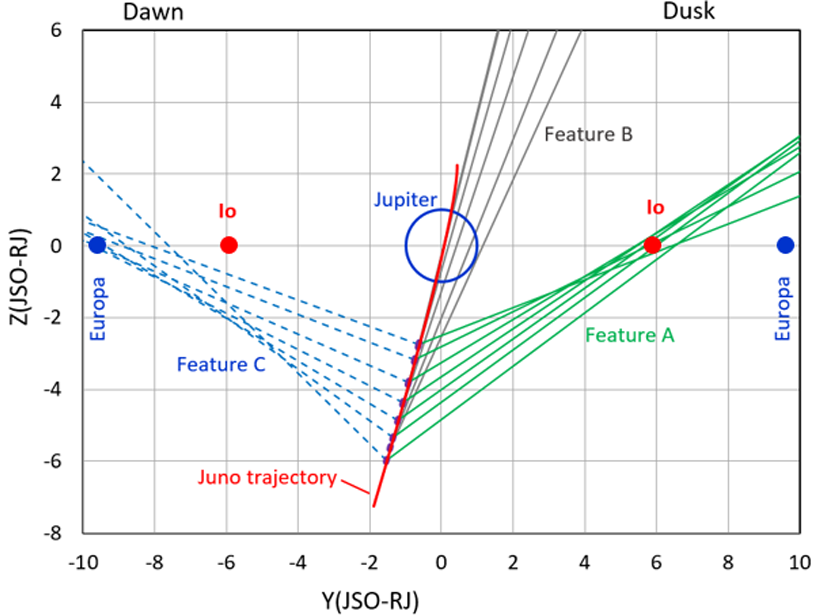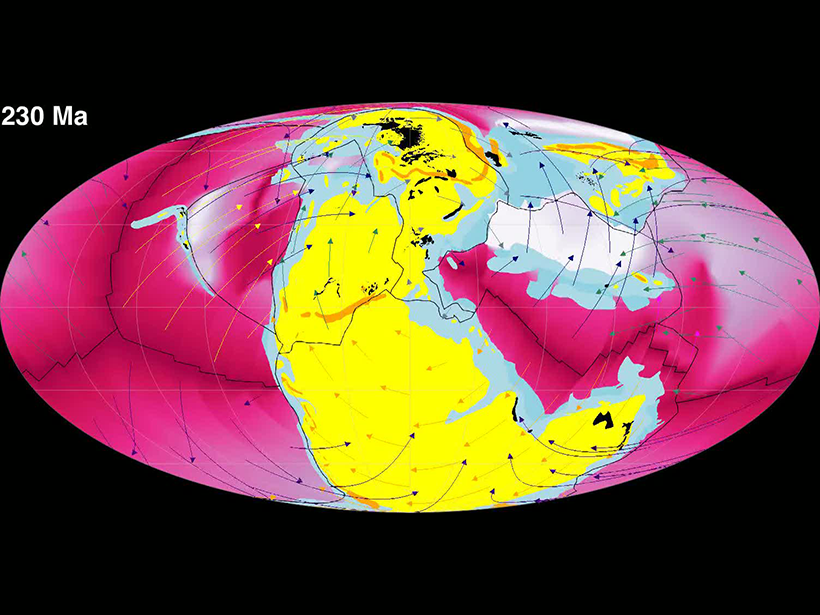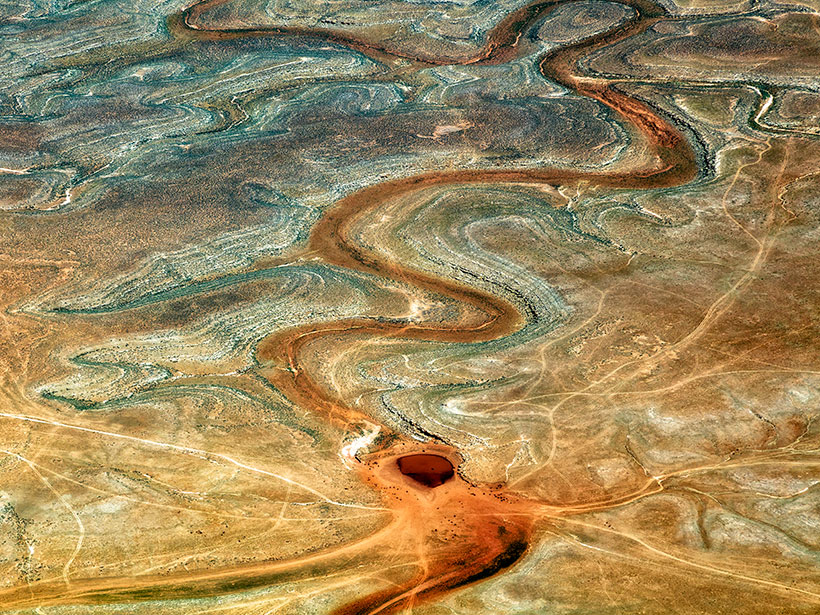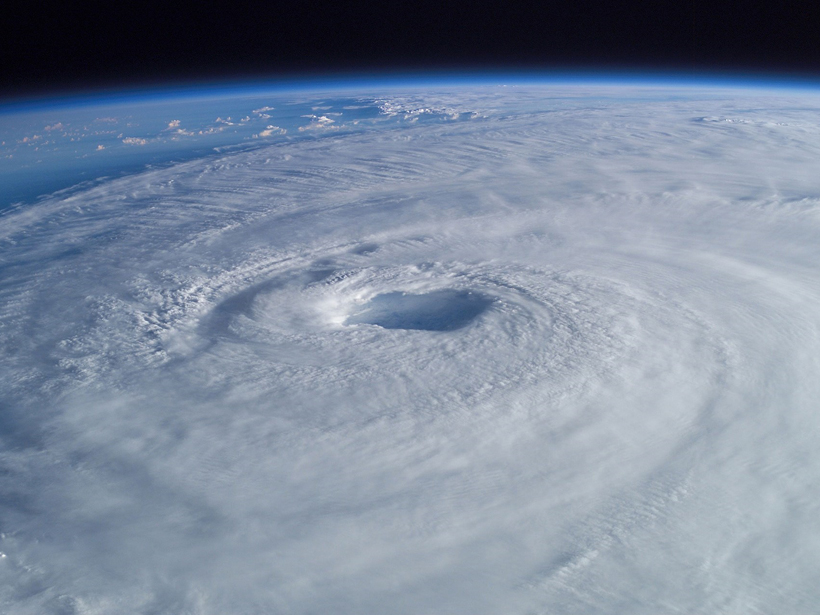Ozone loss, perhaps as a consequence of a warming climate, may have been responsible for a catastrophic loss of biodiversity.
CC BY-NC-ND 2020
Modeling Fluid Migration in Subduction Zones
Scientists from different disciplines are working together to identify common challenges in and techniques for modeling fluid migration associated with subduction zone processes.
Water Ice Lurks in Young—but Not Too Young—Lunar Craters
Using topographic data, researchers have estimated the ages of water ice–containing craters near the Moon’s poles and ruled out volcanism as being a primary route for water delivery.
New Energetic Neutral Atom Emissions from Jupiter, Io, and Europa
The first Jovian off-equator Energetic Neutral Atom viewings reveal distinct emissions from Jupiter and the orbits of Io and Europa: Energetic particle injections surprisingly occur inside Io’s orbit.
Hackathon Participants Solve Global Problems—from Home
More than 200 participants from 38 countries joined the virtual INSPIRE Hackathon to solve problems in food security, transportation, and more.
Visualizing the Deep Carbon Cycle
Geoscientists have created animations to help visualize different components of Earth’s carbon cycle.
Frequently Dry Waterways Still Contribute to Carbon Emissions
A new international collaboration found that dry inland waters—no matter where they were located—contributed significant global carbon dioxide emissions.
Is Climate Variability Organized?
Most climate variability is organized by a simple principle—scaling laws—allowing us to understand past and future climate change.
The Ability of Pyroclastic Flows to Generate Tsunamis
Lab experiments of fluidized granular flows entering the water shed light on the dynamics of tsunami generation by fast-moving, pyroclastic density currents at volcanic islands or coastal volcanoes.
Education May Increase Emissions but Mitigate Human Cost of Climate Change
Increasing education in the developing world could lead to a modest increase in carbon emissions due to economic growth, but education could also reduce the negative impact of climate change on vulnerable populations.










